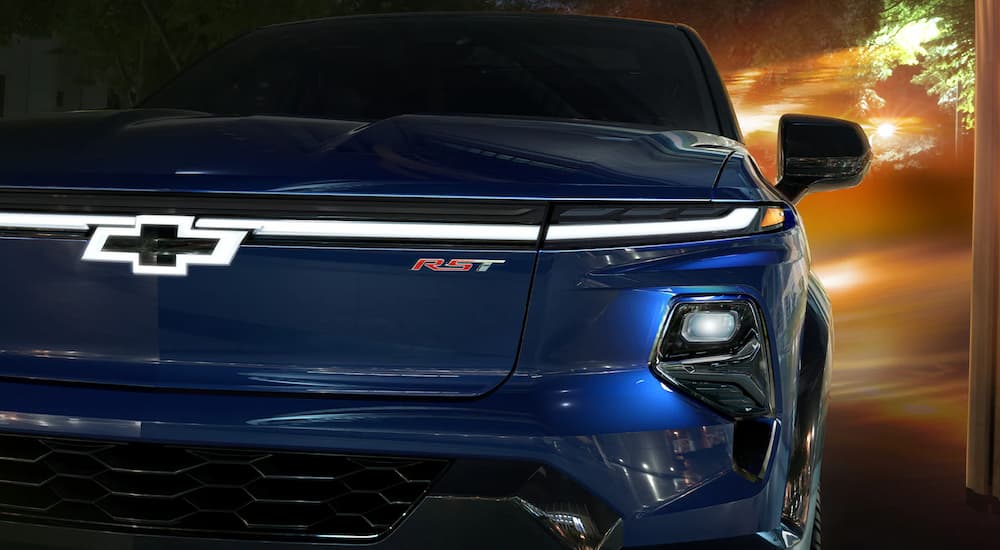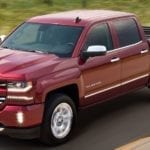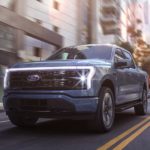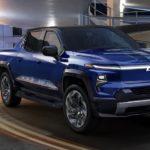Walk into a Chevy truck dealer in 2035, and things are going to be quite different than they are today. Why? Because that is the date Chevy has set to eliminate all gasoline and diesel vehicles from its lineup. Now, 2035 is still over a decade out, and a lot could change in that time, but the beginning of the shift is already upon us. The 2024 Chevy Silverado EV is scheduled to start reaching dealers in the fall of next year, and things are only going to ramp up from there. As we prepare for the impending EV apocalypse, it is time to consider what it means for Chevy’s legendary truck lineup and fans of the brand. Should you be lining up to get your hands on an electric truck as soon as possible? Or should you plan to hold onto your gas or diesel vehicles for as long as possible?
Where We Are Today
Chevy has tried to position itself as a leader in EV technology and actually became the first established American manufacturer to roll out a modern EV when it debuted the Chevy Bolt EV back in 2017. However, it has been slow to introduce new EV models, and Ford stole a march on Chevy last year when the Blue Oval unveiled the 2022 F-150 Lightning. Chevy pulled the curtains back on the Silverado EV around the same time, but unlike the Lightning, it isn’t going to start making its way to dealerships until another year has passed. That delay could be critical, but it may also be a blessing in disguise.
While Ford took the easy route and simply stuffed a battery pack and electric motors into an almost unmodified F-150 body, the Silverado 1500 and the Silverado EV share virtually nothing beyond their name. Chevy’s first electric truck is a fresh design from the ground up, built on the same Ultium platform used by the GMC Hummer EV and the Cadillac Lyriq. This allows the Silverado EV to have a much longer range and more power than the Lightning––400 miles and 754 hp compared to 320 miles and 580 hp. Ford itself has recognized that the Lightning will swiftly be eclipsed and is rumored to be designing its own purpose-built electric truck to compete.
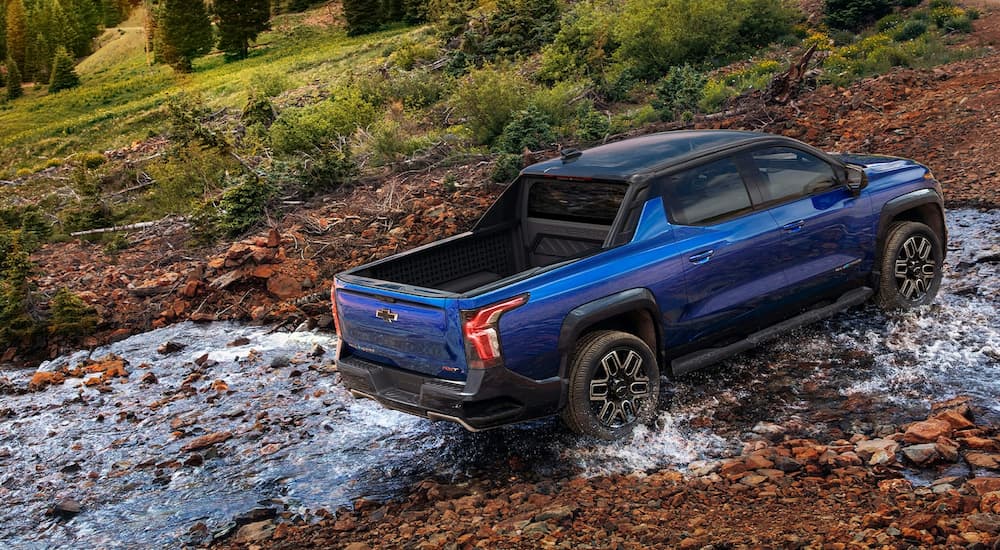
Chevy’s Preferred Future
Chevy hopes that by the time Ford’s Lightning successor (and Ram’s planned electric truck, which is rumored to be a purpose-built design) starts showing up at dealerships, the Silverado EV will already be well-established in the market. At that point, attention can shift towards developing additional electric trucks to compete in the midsize and heavy-duty segments so that gas and diesel trucks can begin to be phased out entirely. Of course, even with Chevy’s self-imposed 2035 deadline, electric and combustion models will coexist at Chevy dealers for at least a generation, allowing buyers to become more comfortable with the new technology and allowing the infrastructure for electric vehicles to become more robust.
The current Silverado 1500 was introduced for 2019, so it will likely get a full redesign around 2025. That will set up its fifth and likely final generation to last until the early 2030s, at which time it can be phased out entirely in favor of the Silverado EV. Since the first generation of the electric truck is hitting the market for 2024, it will likely receive its second generation around the same time the fifth-generation Silverado 1500 is reaching the end of its life, which would be the perfect point to discontinue the gasoline truck entirely. The Chevy Colorado and Silverado HD will likely follow a similar path, although we expect the midsize Colorado to be easier to electrify, with the gasoline model likely phased out at the end of the current generation in the mid-2020s. The heavy-duty models will probably stick around the longest since they will be the most difficult to replace.
Is That Realistic?
The question is, can Chevy’s plans actually work? While the latest EV models are certainly impressive (who ever imagined a half-ton truck with 754 hp?), it remains to be seen just how smoothly the transition to electric vehicles will be. One of the largest issues with the plan is simply cost. The price tag on the 2024 Silverado EV RST is $105,000, which is exactly 50% higher than the top trim 2023 Silverado ZR2. Chevy promises that the base-model Silverado EV WT will be a much more reasonable $39,900, but it remains to be seen if it can keep that price. The 2022 F-150 Lightning also boasted a low starting price of just $39,974, only for it to jump to $51,974 for the 2023 model year, which is probably a more accurate reflection of its cost to build.
The price of lithium-ion batteries has dropped dramatically over the last decade, falling from $579 per kWh in 2011 to just $157 per kWh in 2021, but the increased demand for EVs threatens to outstrip the supply of lithium and other components. Now, lithium is a fairly plentiful mineral that can even be collected from seawater, so we aren’t going to run out, but the near future could see a production bottleneck as EV manufacturers demand more batteries than the industry can supply. If this occurs, it could delay Chevy’s EV plans and mean fewer electric trucks for sale at dealerships as we wait for more mining and battery manufacturing capacity to be built.
Just as importantly, much of the shift to EVs depends on a level of consumer demand that simply doesn’t exist yet. Right now, sales of electric models are increasing rapidly, but in the third quarter of 2022, they still only made up 6.1% of the total automobile market and only around 1% of the truck market. Expecting the market penetration of electric trucks to jump from 1% to 100% by 2035 is optimistic when it has taken over a decade for sales to reach their current level. It’s not impossible, especially if we see some major breakthroughs in battery technology that cut prices and use fewer rare materials, but it still seems like a long shot.
Where Does That Leave You?
Given the raw performance of the current batch of electric trucks, we’re looking forward to Chevy’s electric future. The Silverado EV is incredibly powerful and filled with advanced technology designed to make your life on the road more enjoyable. Being able to recharge your truck at home with cheap electricity and start every morning with 400 miles of range also beats having to stop by the gas station every few days and fill up with expensive gas or diesel. However, we expect that Chevy’s proven combustion engine trucks are going to be a fixture at dealers for longer than Chevy plans.
It is quite possible that the Silverado 1500 will get another two or even three generations, hanging around until the 2040s. The Silverado HD could last even longer, as it remains to be proven that electric trucks are up to the task of long-distance hauling and commercial work. We would certainly encourage you to take the Silverado EV for a test drive as soon as one shows up at your local Chevy dealer, but if you aren’t ready to own an electric truck, we expect that you will still be able to buy a pickup with a gasoline or diesel engine for many years to come.
